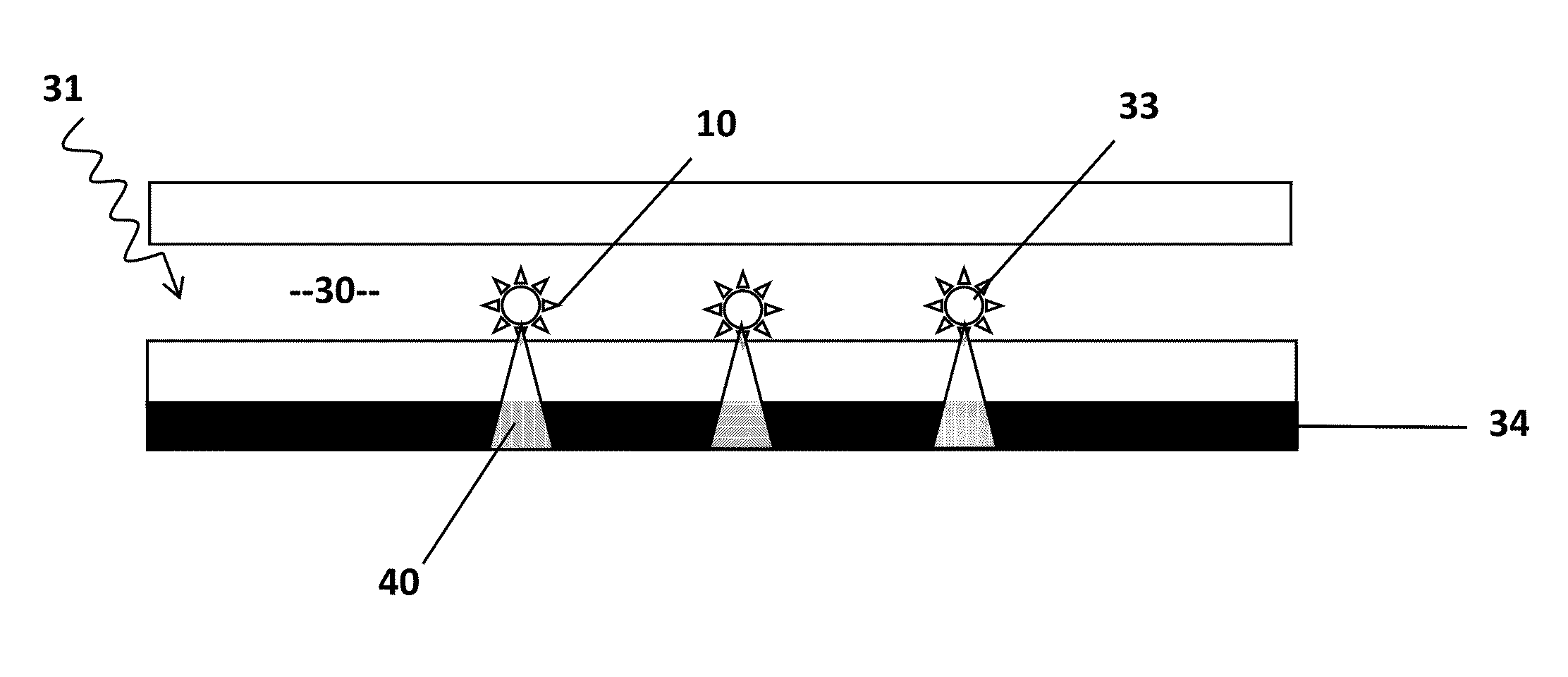Single molecule detection and sequencing using fluorescence lifetime imaging
a single molecule and lifetime imaging technology, applied in the field of single molecule detection and sequencing using fluorescence lifetime imaging, can solve the problems of increasing the cost of additional hardware or additional filtering techniques, requiring more time or more expense to achieve accurate detection of the acceptor signal, and being sensitive to optical nois
- Summary
- Abstract
- Description
- Claims
- Application Information
AI Technical Summary
Benefits of technology
Problems solved by technology
Method used
Image
Examples
Embodiment Construction
[0023]Reference will now be made in detail to various exemplary embodiments, some of which are illustrated in the accompanying drawings. Wherever possible, the same reference numbers will be used throughout the drawings to refer to the same or like parts.
[0024]To facilitate an understanding of the present teachings, the following definitions are provided. It is to be understood that, in general, terms not otherwise defined are to be given their ordinary meanings or meanings as generally accepted in the art.
[0025]As used herein, the term “detector gate” and variations thereof as used herein can include a variety of mechanisms or techniques that permit or limit detection of a signal by the detector. Detector gates can include optical-based approaches, such as, for example, electronic shutters or microchannel plates, or electronics-based approaches, such as, for example, timing circuitry used to turn pixel detection ability on and off. Detector gates, as used herein, can also include m...
PUM
| Property | Measurement | Unit |
|---|---|---|
| time | aaaaa | aaaaa |
| time | aaaaa | aaaaa |
| fluorescence lifetimes | aaaaa | aaaaa |
Abstract
Description
Claims
Application Information
 Login to View More
Login to View More - R&D
- Intellectual Property
- Life Sciences
- Materials
- Tech Scout
- Unparalleled Data Quality
- Higher Quality Content
- 60% Fewer Hallucinations
Browse by: Latest US Patents, China's latest patents, Technical Efficacy Thesaurus, Application Domain, Technology Topic, Popular Technical Reports.
© 2025 PatSnap. All rights reserved.Legal|Privacy policy|Modern Slavery Act Transparency Statement|Sitemap|About US| Contact US: help@patsnap.com



